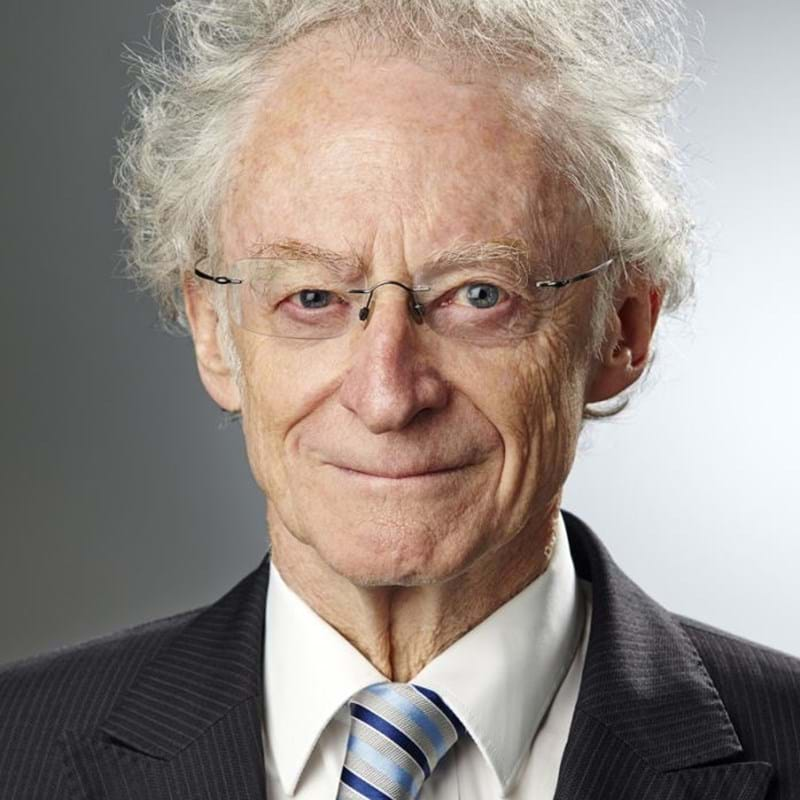
Robin John Batterham: 2004–2005
Born in Brighton, Australia in April 1941, Robin Batterham was educated at Brighton Grammar School in Melbourne where he held various scholarships and was dux of the school. From there he moved to Melbourne University graduating with a degree in chemical engineering in 1965, and obtaining his PhD in 1969.
He was awarded a post Doctoral Fellowship from CSIRO and decided to spend the award at ICI Central Research Laboratories in the UK rather than a prestigious university. He spent two years at ICI undertaking modelling work that resulted in significant plant improvements in the production of explosives, and in intermediates for fibres and plastic and developed a method for removing the uncertainty in the scale up of new processes.
Returning to Australia in 1970 he was appointed Research Scientist at CSIRO, progressing to Chief Research Scientist in 1981 and Chief of Division of Mineral & Process Engineering in 1985.
In 1998 he moved to CRA Ltd, performing various roles associated with major CRA developments before assuming the position of Vice President (Resource & Processing Developments) at the company in March 1990. In this role his responsibility was to a sub-committee of the main Board of CRA and covered the pre-feasibility studies of all major new projects for the company. His principal achievement here was the successful development of a processing route for what was recognised as the world's largest economic zinc mineralisation.
He undertook a technical review role in the HI smelt process which was a $650 million project to develop a novel direct smelting technology for iron making and his contributions were recognised by the University of Melbourne through the award of the Kernot Medal.
Following the merger of CRA & RTZ in 1995 he firstly became Vice President responsible for research and technology development within Rio Tinto and then in December 1999 assumed the role of Chief Technologist, responsible for external research and development, and for delivering step change technologies into the operations.
A few months earlier, in May 1999, he had been appointed as the Chief Scientist to the Australian Federal Government on a part-time basis, advising the Government on matters associated with science, engineering and innovation. As Chief Scientist he undertook several major reviews the most significant of which was that of the science and technology base of Australia and charting the directions for science and technology over the next 10 years.
In addition to his Fellowship of IChemE, Robin Batterham has an association with a number of other international professional bodies having been elected into Fellowship of the Australian Academy of Science, the Academy of Technological & Engineering Sciences, the National Academy of Engineering (US), and the Royal Academy of Engineering (UK), among others.
As Chairman of the Organising Committee and President of the International Mineral Congress from 1991 to 1994 he was responsible for the largest ever IMPC held in Sydney, and has also been involved in Agglomeration conferences held in Canada and the UK. His experience of serving on organising committees proved valuable when he was asked to take on such a role in connection with the successful World Congress of Chemical Engineering held in Melbourne, Australia in 2001.
Throughout his career he has received a number of awards including the Esso Award of Excellence in Chemical Engineering in 1992, the Kernot Medal from the University of Melbourne in 1996, and most recently the Chemeca Medal (2003) a joint award from IChemE, IEAust and RACI.
Outside of work, Robin Batterham is an accomplished organist and has held the position at Scots' Church in Melbourne.
Return to list